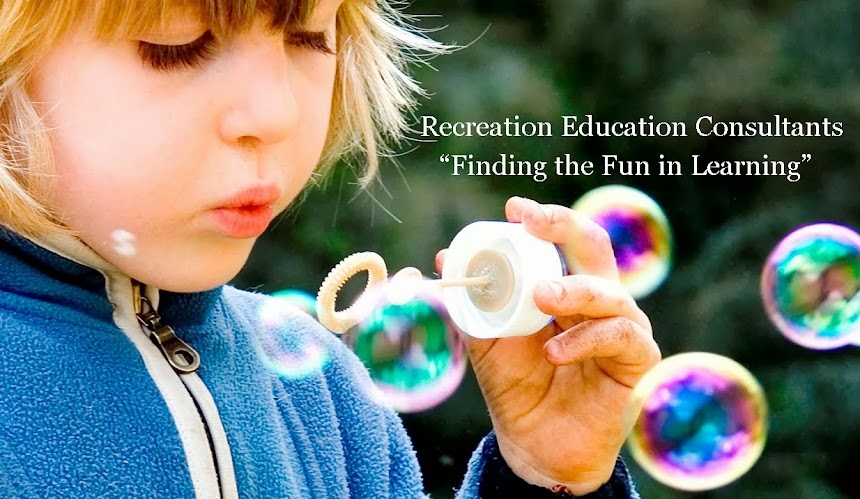I received this e-mail last week from a mom:
"Hi Barb,
I was just reading your posts regarding calming toddlers down and was particularly interested in the Starfish Relaxation techniques. I am having a little trouble getting my son to sleep so this might work well.
Also, I think I want to try the "Breathing Ball" for deep breathing. He tends to get frustrated, (thank God not all the time,) and throws things. He knows he should jump on the trampoline, tackle his tackle buddy or take a deep breath... However, the sphere is tangible and portable and he could use the imagery in places other than at home.
I love learning new things!
Thanks!"
Toddlers are dynamic bundles of energy. As a toddler, my daughter used to get wound up before bedtime or nap time too. She was (and is) very inquisitive and thinks she is going to"miss" something! At 11 years old, she still drags out and delays bedtime as much as possible!
What I have found is that the calm (and sleep) will come only after the excess physical energy is released and the active (or overactive) mind is guided to calm down. The key is to do this long enough before, yet close enough to bedtime so that the 'release' is sustained and the 'calm' can take effect.
Some effective ways to release excess energy are jumping on a trampoline, (if you have access to one) playing with thera-putty or heavy work activities.
The added benefit of these activities is that they also help improve balance, respiration and body awareness and this has an overall stabilizing, grounding & calming effect on the body.
After the muscle tension is released, then you can use a story, the "Breathing Ball" or any of the other calming breath & imagery or art techniques to further facilitate & encourage inner quiet to the busy mind and active body.
One of my favorites is the Starfish Imagery. You can guide your child or your students through this until they know the "story" and can guide themselves. Most children can easily relate to and visualize a starfish, resting quietly, in the sand, under the ocean waves. Its also easy for most children to lay down like a starfish-arms out & legs out like a star. (There is even a Starfish art activity to go with the Imagery, so that each child can have their very own Starfish to help remind them when & how to be calm.) You can use some soft music to set the mood and make a deeper association with the calming imagery.
For the wintertime, you can adapt this to be a Snowflake Imagery instead-and the little delicate snowflake floats softly from a cloud, through the air and slowly down to the ground with the other snowflakes (or by itself) and as the sun comes up and shines down on the snowflake, it gets warmer & warmer and then slowly, it melts...
One of the reasons yoga is so calming to the body is because breathing deeply & correctly & moving specific large muscles simultaneously work directly on the central nervous system. This is especially true with children and toddlers. If the process is made fun and engaging, and a regular part of a daily routine, the child learns the techniques in a natural non-threatening way and will eventually self-regulate & apply the methods themselves as they need to.
I like to add stories, fun games, puppets, props, art & imagery activities to Children's Yoga. This helps to keep them engaged, actively moving, focused and, when the time comes, as tame as possible so they can rest and be ready to explore the world another day!
For more information on incorporating movement games & art into children's yoga visit: www.bodylogique.com
Order a "Breathing Ball" here:
BodyLogique: Products
Find beautifully illustrated award winning stories here at
Barefoot Books!
Subscribe to S.M.Art Kids / Healthy Kids by Email
.





















